古象溫泉度假酒店就坐落于“煙緩霞蒸景來磨,仙源落銀河”的田園美景中。出于信任,設計師受邀從總體規劃開始,由建筑到景觀、直至室內設計對整個項目進行全盤把控。

矩陣縱橫設計:安慶富春東方銷售中心

洪德成作品:益田·影人四季花園E戶型樣板房

徐國峰:泛海國際 Art-Deco風格,華美主張
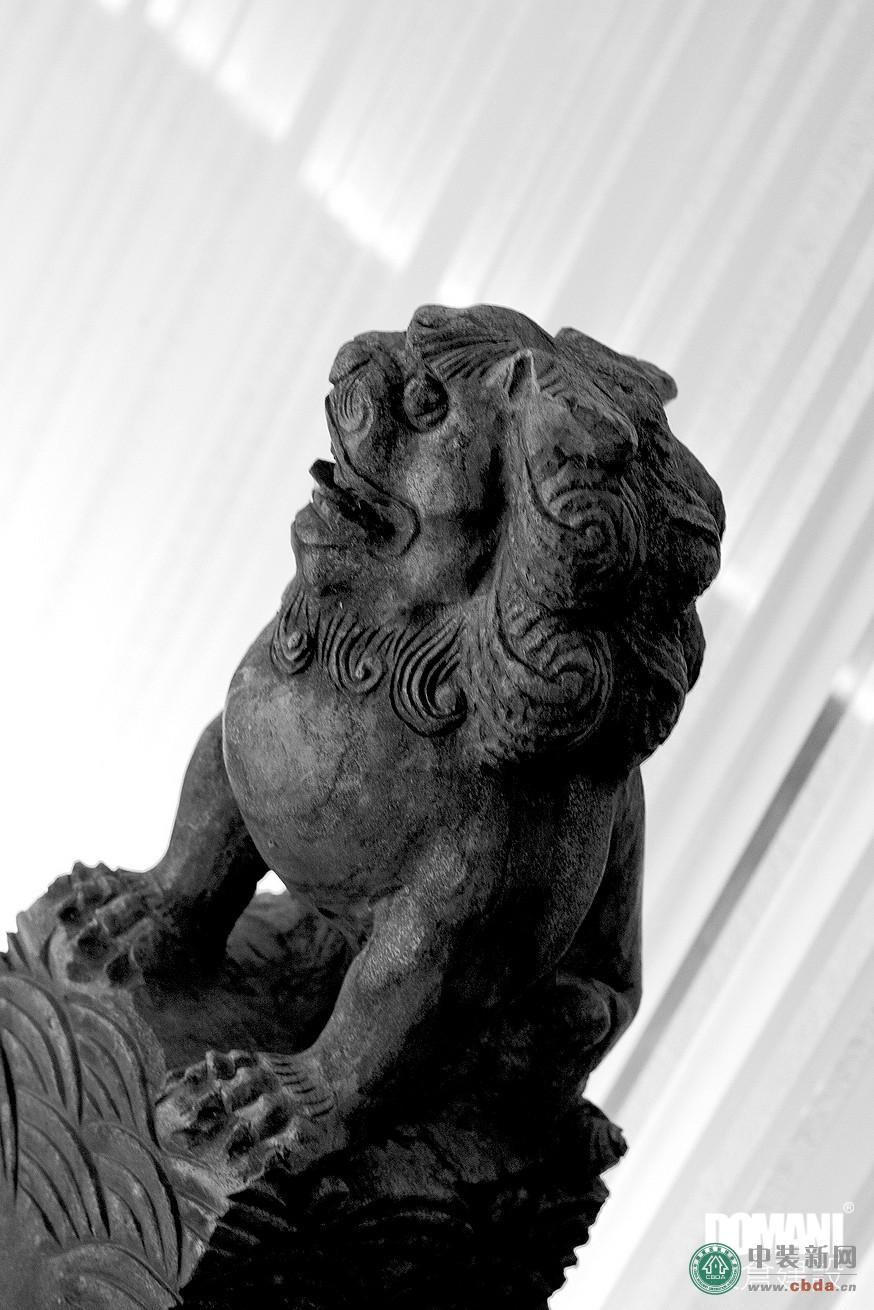
東倉建設張星:香港COCO辦公室
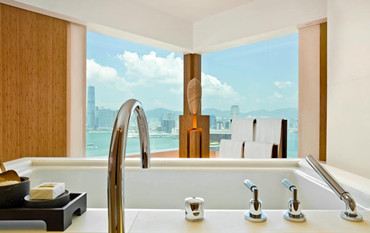
傅厚民:香港奕居精品酒店設計

梁志天:北京富力灣湖心島別墅項目A2戶型
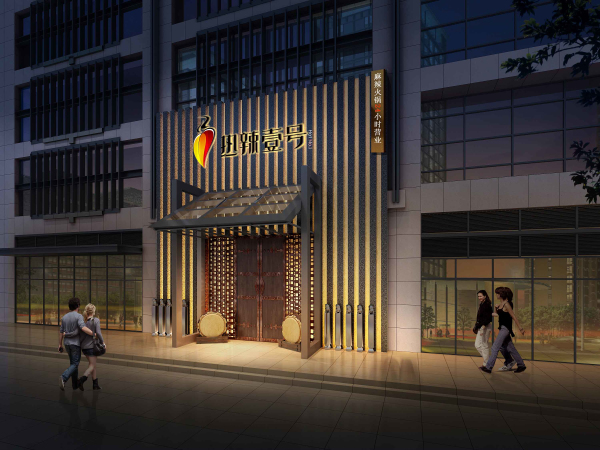
李冰冰、黃曉明、任泉合營火鍋店熱辣一號設計方案

倪衛鋒作品:伊休高級實木定制案例

Work8眾創空間——最具顛覆性的辦公空間設計
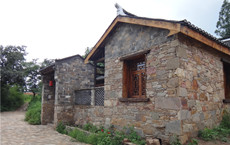
孫君:廣水市桃源村鄉村景觀改造 古村落浴火重生


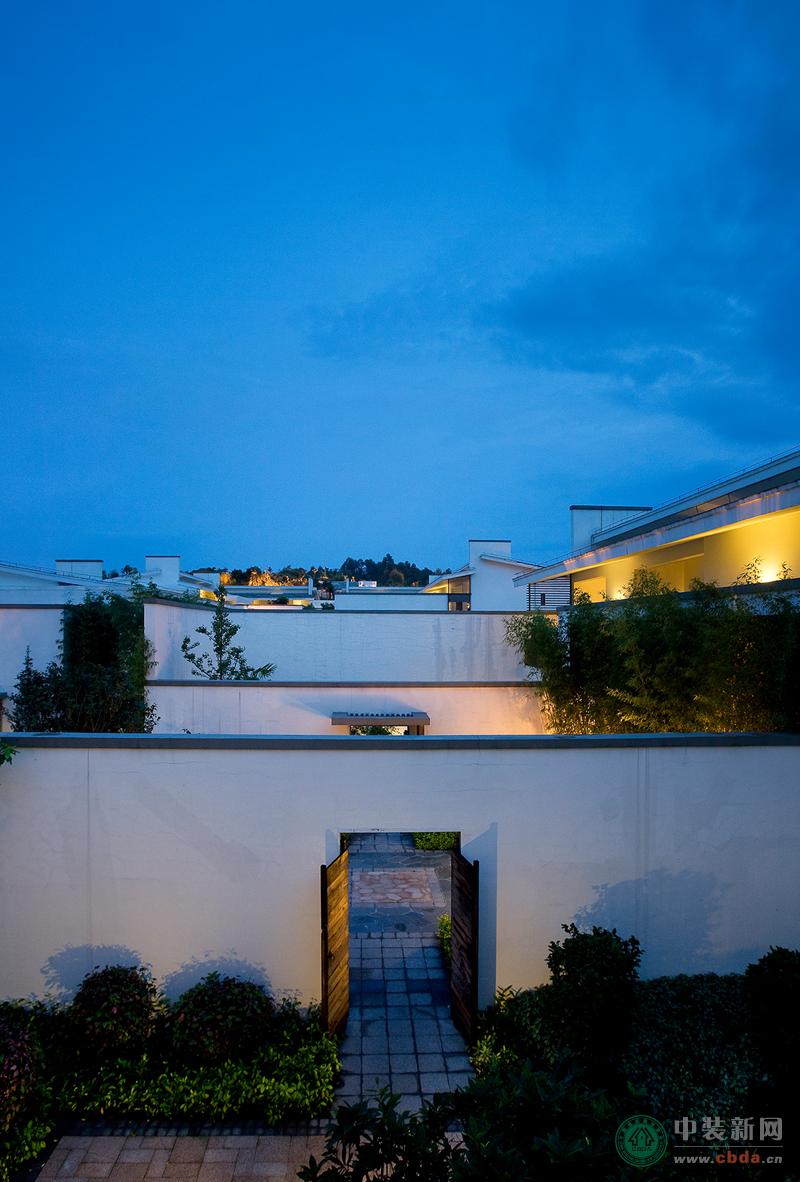



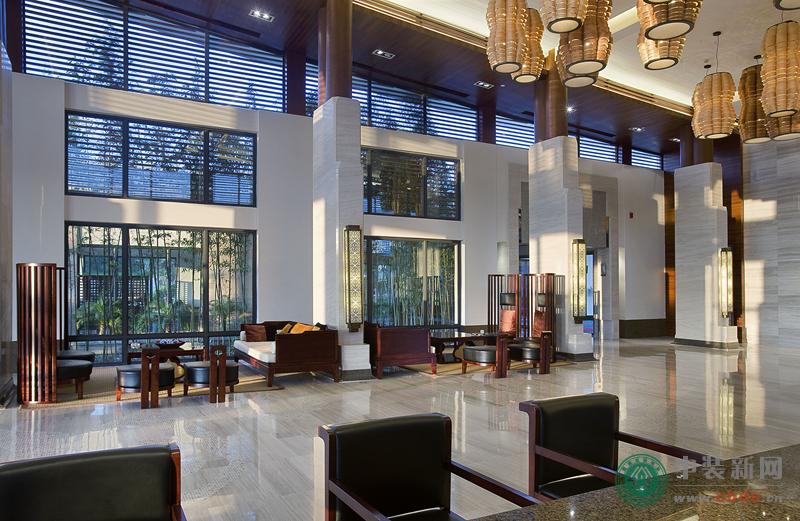
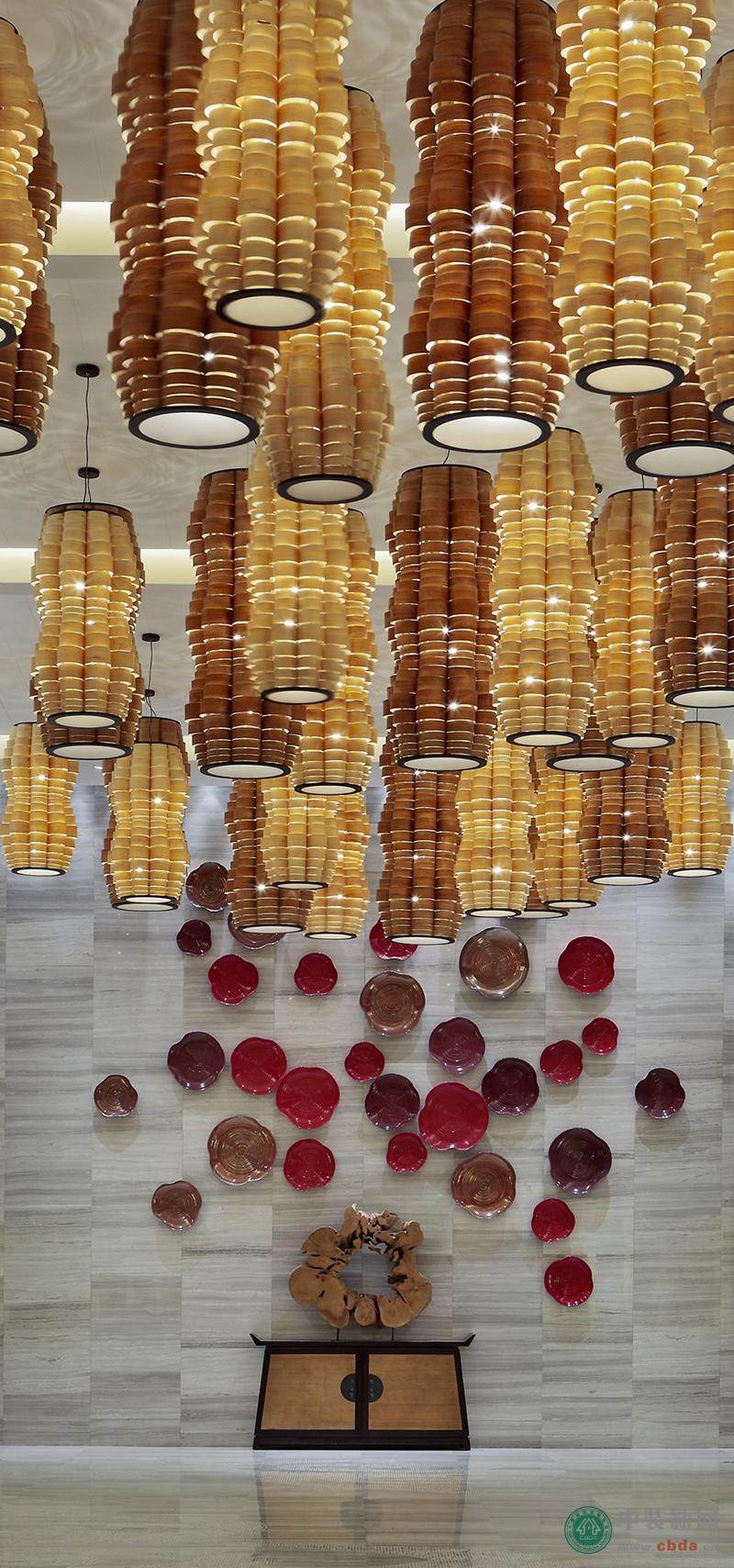
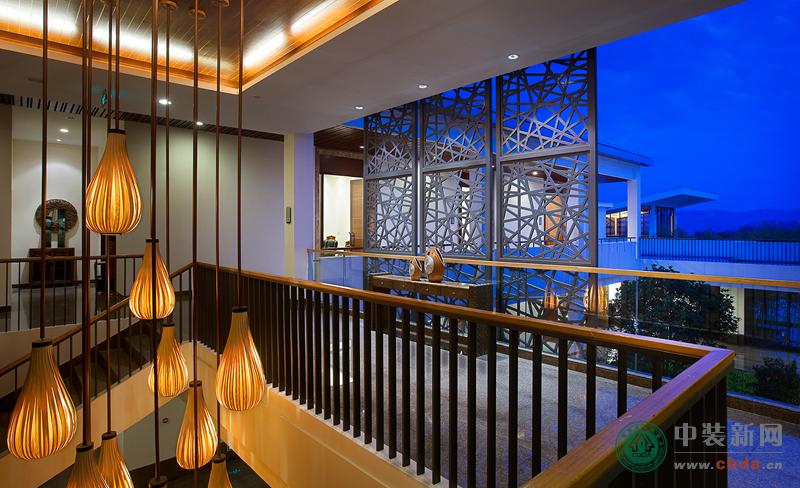
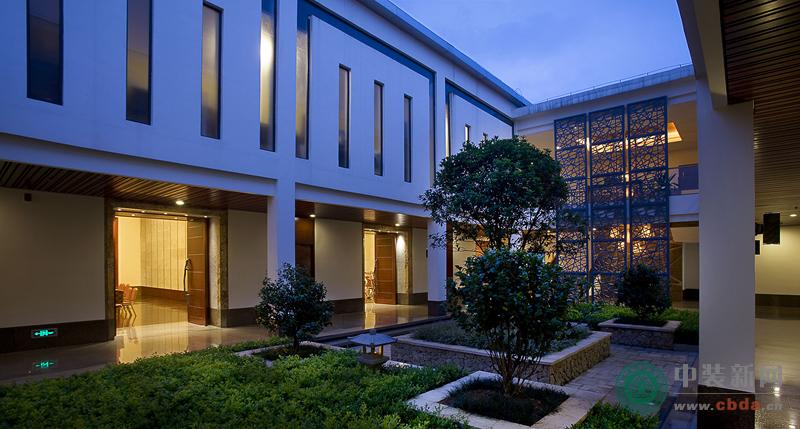

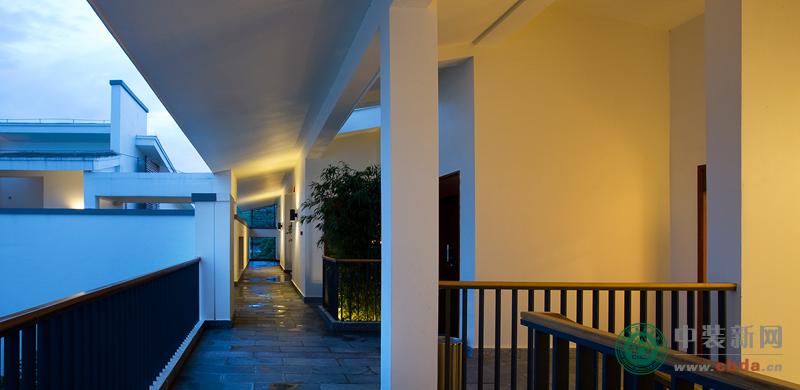
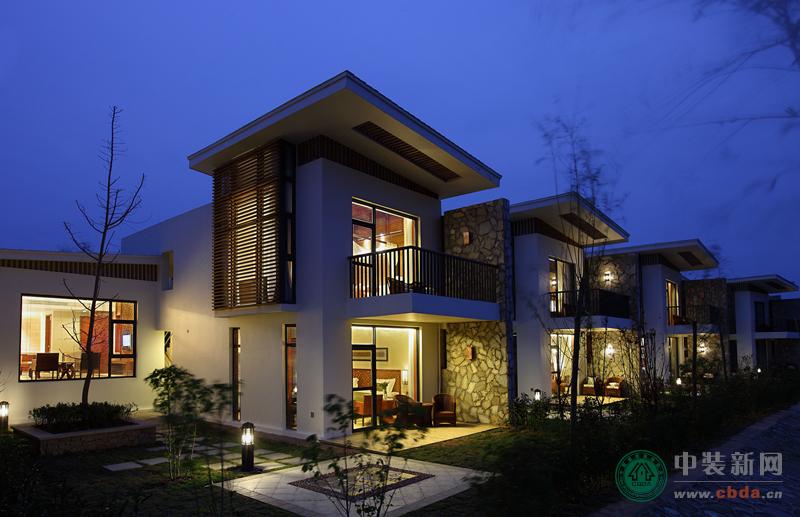
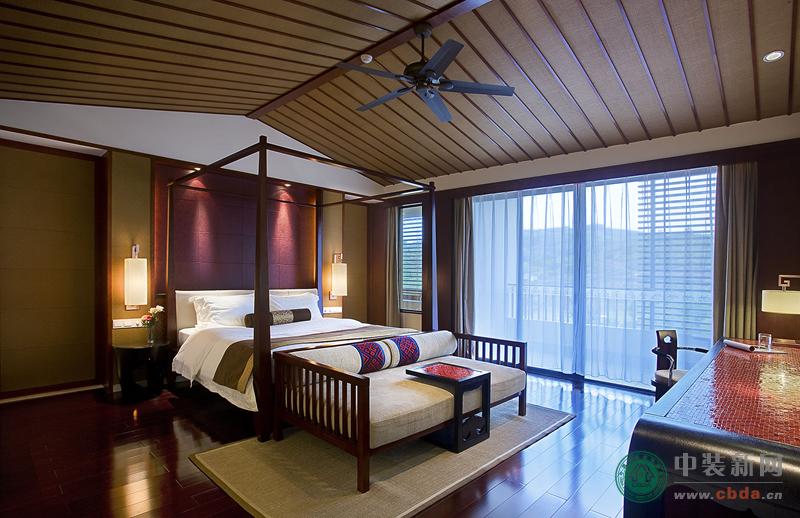
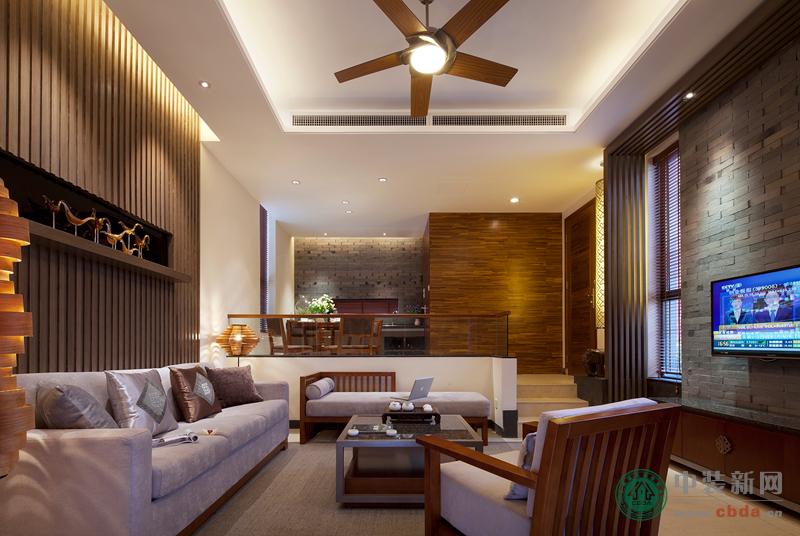

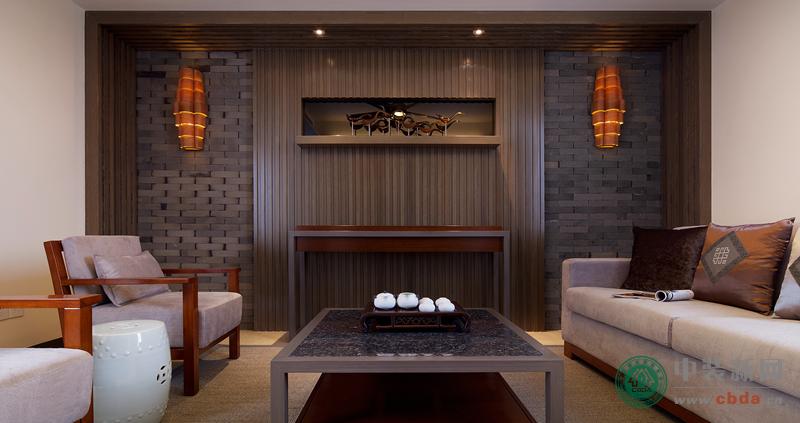
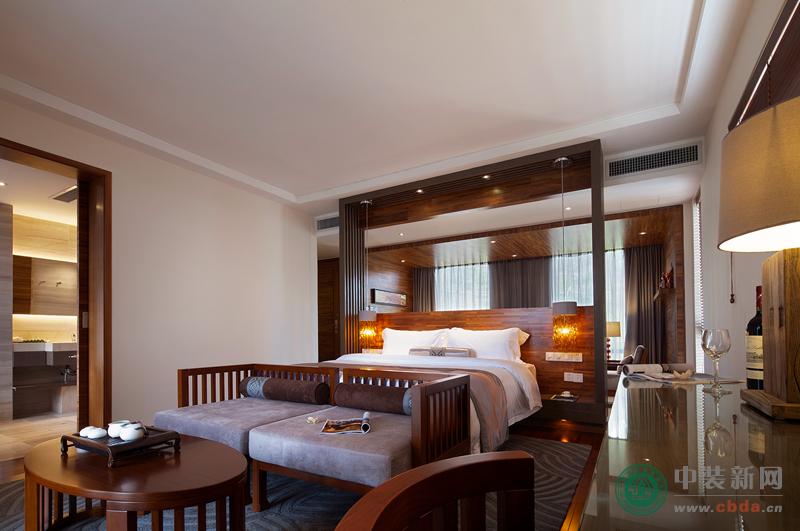
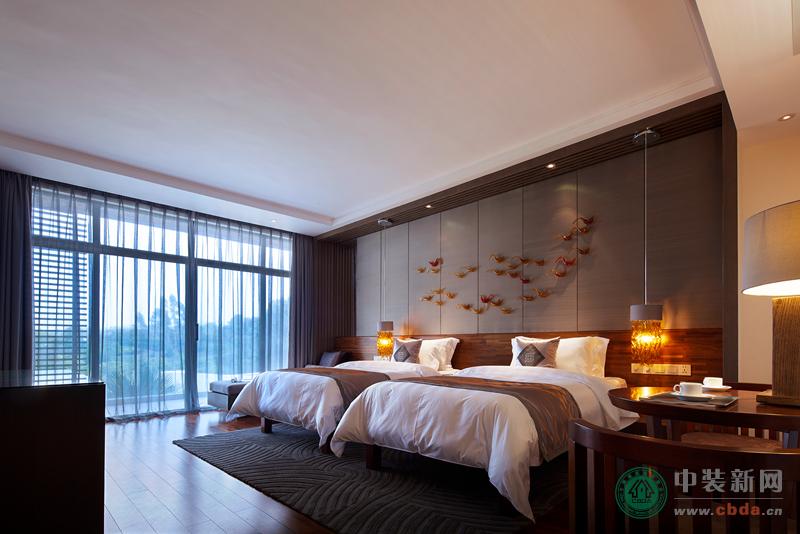



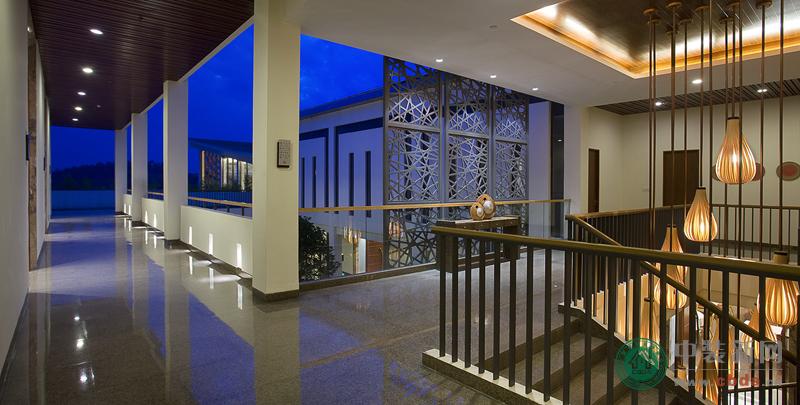
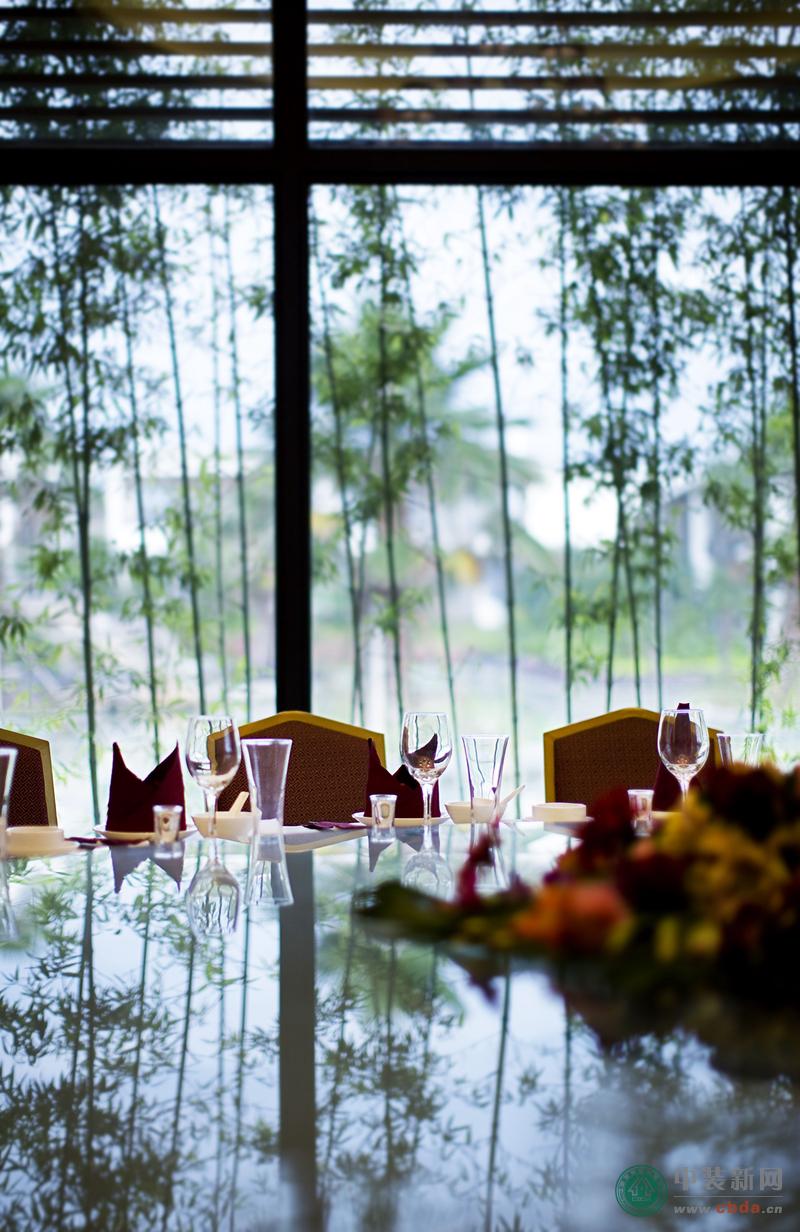
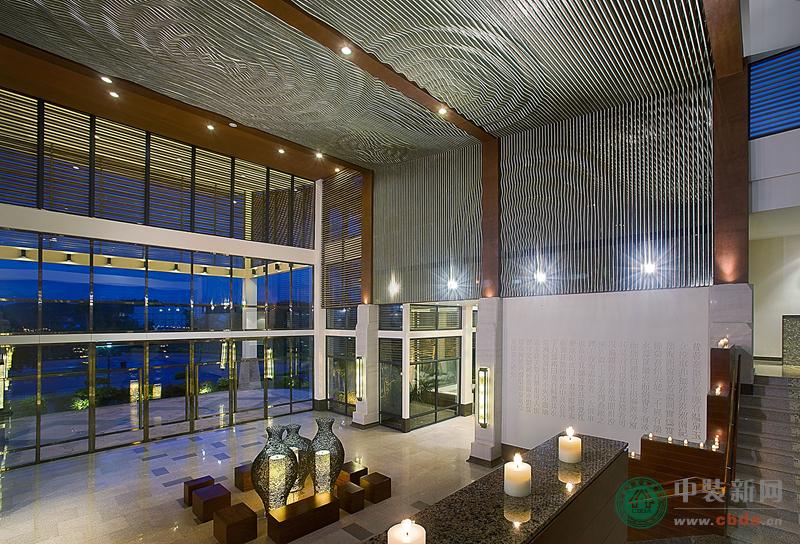





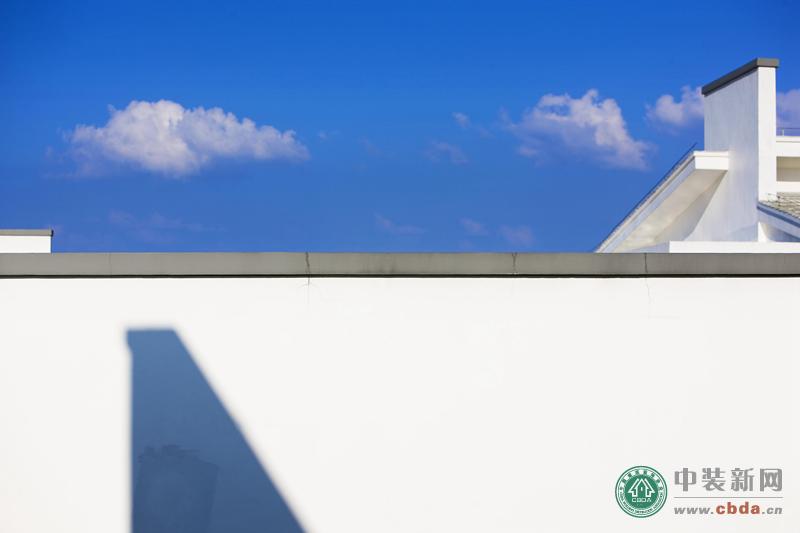
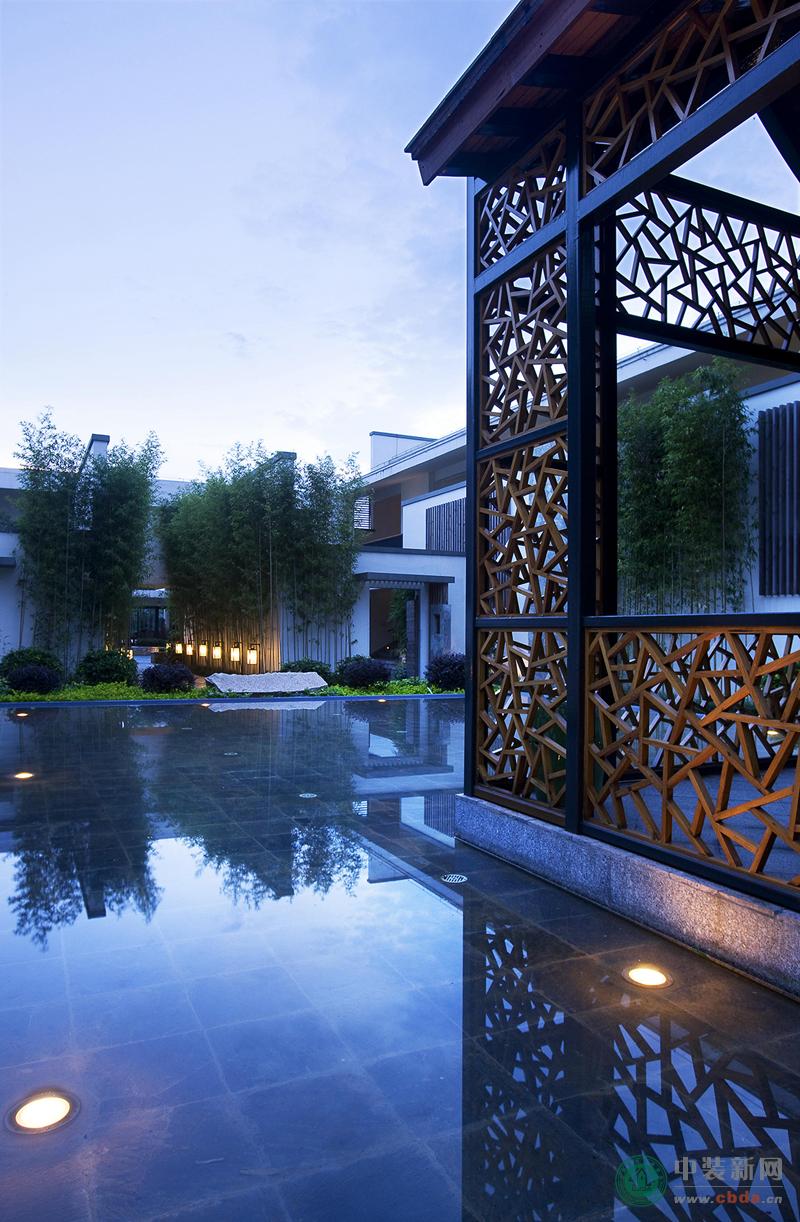


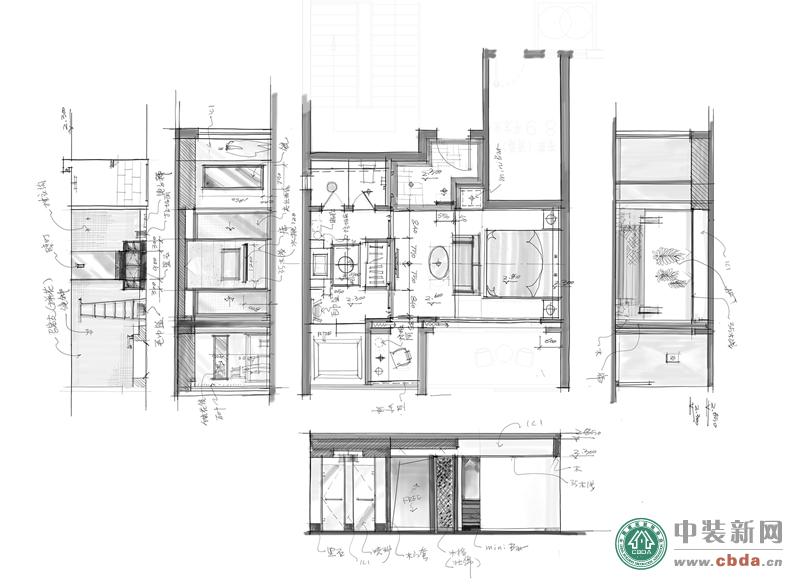
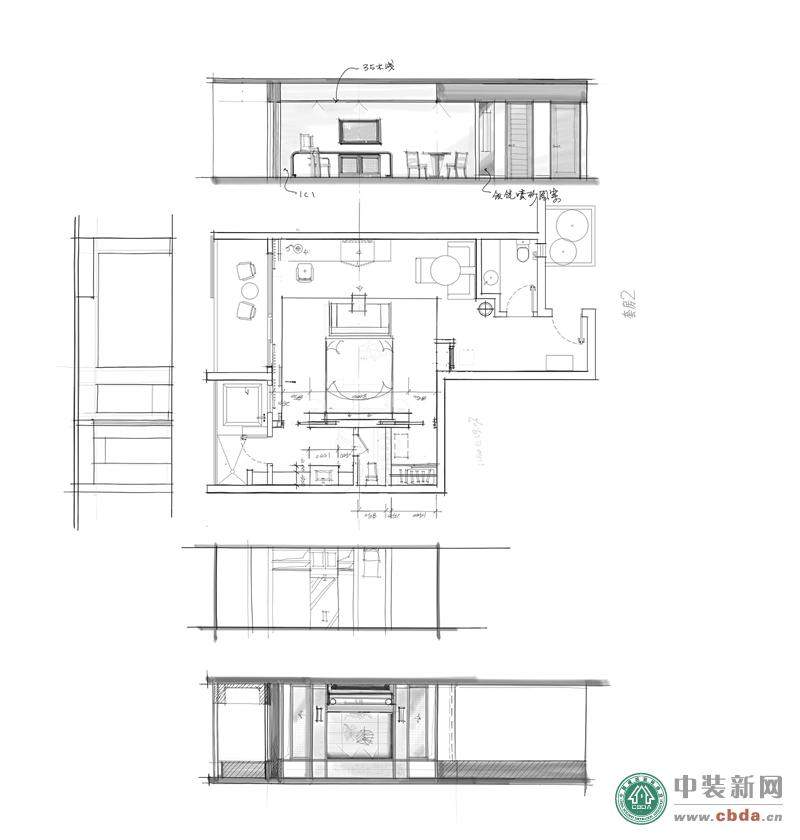
設計師:秦岳明
設計公司:深圳市朗聯設計顧問有限公司
合作公司:深圳市都市空間建筑設計,深圳市天合建筑設計,地本(上海)景觀設計
開發商:廣西古象溫泉開發有限公司
項目地點:廣西象州
建筑面積:25000平方米
完工時間:2009年10月(二期2013年3月)
象州,位于廣西中部,當地溫泉已有數百年歷史,擁有“中南第一熱泉”之美譽。古象溫泉度假酒店就坐落于“煙緩霞蒸景來磨,仙源落銀河”的田園美景中。出于信任,設計師受邀從總體規劃開始,由建筑到景觀、直至室內設計對整個項目進行全盤把控。在度假酒店規劃設計中,園林式建筑是常見的構筑手法。設計師如何將酒店眾多復雜功能進行合理的調配,并用一個共同的特征將其融為一個統一的整體是首要的考量。由于經濟的高速發展加速了城市的繁雜,使人日益期望于自然中獲得放松,而冰冷的所謂現代建筑抑或是西洋舶來品則與傳統渴望“寄情山水”的情結相去甚遠。如何彌補傳統文化的缺失并給度假酒店重新定義,成為設計的著眼點。最終設計師決定將酒店的主要功能打散分為客房部、餐飲會議中心及溫泉洗浴中心三大部分,并以中國傳統的院落關系進行了全新的演繹。
在酒店客房部,經由大堂與輔助空間圍合的前院,即可進入由十棟兩層高建筑圍合而成的三個院落,它們構成酒店客房的主要架構,院成為聯系各空間的主要節點。而三個院落的“品”字形分布,則是基于充分分析客人動線以及服務流程和半徑后的考量。傳統院落中,所有的功能空間都是對外部環境封閉相對院落開放的,而基于現代的生活方式和酒店經營模式,在此設計師則選擇了完全相異的處理手法:各客房相對庭院封閉,對外部環境開放,最終在保證客人私密性的同時,客房也獲得了室外良好的景觀與視野。由院落進入每棟建筑前,還設有各自的小院,再經由走廊中每間客房前的竹叢,形成院中有院,屋前有景的意境,不同空間尺度的處理,使客人在感受空間轉換的同時,體驗逐漸進入屬于自己的私人空間的過程,心境亦籍此獲得徹底放松。
院落的處理同樣表現于餐飲會議中心與溫泉洗浴中心。宴會廳、餐廳、會議室均圍繞一個中心庭院自然地展開。庭院的處理,則讓溫泉洗浴中心的空間收放有致,即使極其私密的更衣與洗浴空間也都因庭院使客人有仿佛身處自然的感受,同時還獲得了良好的自然采光。
另一方面,庭院的豐富層次使得建筑的表皮得以簡化,類似中國傳統水墨畫的黑白灰成為自然的選擇。擯棄繁雜的造型和立面處理,以白為底,來自當地青灰色的片石勾勒出基本的建筑輪廓,而局部木材的選用增加了空間的親切感。“粉墻黛瓦”的傳統民居意境在這里被以現代的寫意手法獲得重生。
當地的“團云”、“奇木”、“秀水”等自然景觀被設計師以抽象的形式剝離,并運用不同的處理手法自然沁透于酒店不同的室內外空間,形成空間內外的相應成趣與陰陽和諧。“云”“木”“水”既體現于各個庭院的設計中,同時亦是客房、餐飲及溫泉三部分室內空間的設計主題,而標準客房的設計也由此通過色彩、細節等的處理于統一中形成變化,予人不同的心理感受。源自于當地傳統手工編織布藝——“壯錦”的圖案,則以各種方式表達于墻面、隔斷、家具、布藝等室內空間的各個部分。結合建筑及室內的建造中采用的大量當地的材料和營造方式,以溫和細膩的手法,表達了設計師對當地傳統文化的尊重,同時也帶給客人以充滿本土氣息的、舒適自然的休閑體驗和自然情趣。
中華的傳統文化在應對現代文明的沖擊中日顯弱勢,如何避免其成為“水中月”與“鏡中花”?設計師期望在保持清幽、精致、深遠、禪意等傳統精髓的同時,以現代的手法另辟蹊徑,也許能從中尋求到一種新的傳承方式。
Guangxi Silkgarden Resort and Spa
Designer: QIN Yue-Ming
Design Company: Shenzhen Rongor Design & Consultant Co., Ltd
Cooperative Company: Shenzhen Urbanspace Architecture & Landscape Designing Consultants Co., Ltd, Newspace Design, D+D Associates
Developer: Guangxi Silkgarden Resort and Spa Development Co., Ltd
Location: Xiangzhou, Guangxi, China
Area: 25000㎡
Xiangzhou, located in the center of Guangxi, is known for the local hot spring which has centuries of history, and is being referred to as “the Best Hot Spring in South Central China”. Silkgarden Resort and Spa, is situated at this pastoral scene, which is described with the verse “Fairy water falls on earth, and beautiful scenery is looming in the mist. Out of the client’s trust, the designer is invited to take full control of the whole project from overall planning, to architecture design, landscape design and interior design.
In resort planning and design, garden style architecture is a common construction technique used. The major consideration for the designer is how to coordinate reasonably the various complicated functions of the hotel and put them into an integrated whole through identifying their common feature. The rapid development of economy speed up the complexity of the city, which makes people become increasingly long to relax themselves in the nature. But the reality is the cold and so called modern architecture or foreign style architecture is a far cry from people’s traditional complex to “find the peace of mind by indulging themselves in the beauty of mountains and waters”. So the design looks at how to make up the loss of traditional culture and to redefine the resort. The designer divides the main functions of the hotel into guest room area, dining & meeting center and spa center ultimately, and redefines them with Chinese traditional courtyard relationship.
At the guest room area, guests could enter the three courtyards enclosed by ten two-story buildings through the front yard surrounded by the lobby and auxiliary space. They form the main structure of guestrooms, and the courtyards become the main nodes that connect all the spaces. After fully consideration of guests’ routes of activity and the service process and radius, the three courtyards are distributed in “triangle” shape. In traditional courtyard, all functional spaces are closed to external environment and open to the courtyard itself. However, base on the modern way of life and the management pattern of the hotel, the designer takes a completely different approach: the courtyards are closed to all guest rooms and open to the exterior environment. This ensures the privacy of the guests while at the same time creates excellent outdoor views. Before entering each building from the courtyards, guests need to get through the small yards of each building and then walk through the bamboo grove in front of each guest room in the corridor. In this way, an imagery where there are courtyards in the courtyard, and there are scenes in front of the house is created. Different designs of different spaces allow the guests to experience the process of entering into their private space while sensing the changes of spaces, and their mind is thus fully relaxed.
The technique of courtyard is also used in dining and meeting center and hot spring bath center. The banquet hall, dining hall and conference room are unfolded naturally around a central courtyard. The use of courtyard makes the space of the hot spring bath center open or close to outside different environments properly. Because of the courtyard, even in the most private changing room and bathroom, guests feel like being in the nature, and obtain enough natural lighting.
The rich level of the courtyard, on the other hand, simplifies the facade of the building, which is similar to the traditional Chinese ink painting where black, white and grey are chosen naturally. The designer avoids complex shapes and facade; white is taken as background, and locally produced cinerous stone is used to form the basic outline of the building, and the timber used in some parts increases the friendly feeling of the space. Here, the artistic conception of traditional residence “white walls and grey tiles” is reborn in a modern and enjoyable way.
Local natural sceneries “cloud”, “amazing trees” and “beautiful water” are extracted by the designer in an abstract way, and being integrated into interior and exterior spaces of the hotel by using different techniques. This makes the interior space corresponds finely with the exterior space and creates a “Yin Yang” harmony between them. “Cloud”, “tree” and “water” are embodied in the design of every courtyard and become the design theme of the interior space of guest room, dining area and spa center. Based on these elements, the design of standard guest rooms makes changes from consistency through dealing with colors and details, giving the guests different feelings. “Zhuang brocade” pattern which derived from local traditional hand-woven fabrics are reflected in every part of the space such as walls, partitions, furniture, fabrics etc. in various ways. Together with the massive application of local materials and construction methods, it shows the designer’s respect to the local traditional culture in a moderate and exquisite way; and meanwhile it offers the guests a native, comfortable and natural leisure experience and natural taste.
Chinese traditional culture becomes weaker and weaker with the impact of modern civilization, so what could be done to keep it from becoming “Moon in the water” and “flower in the mirror”? The designer hopes to find a new way through using modern techniques while keeping the traditional essence such as quiet, delicate, profound and Zen sense. By doing this, a new inheritance way may then be found.